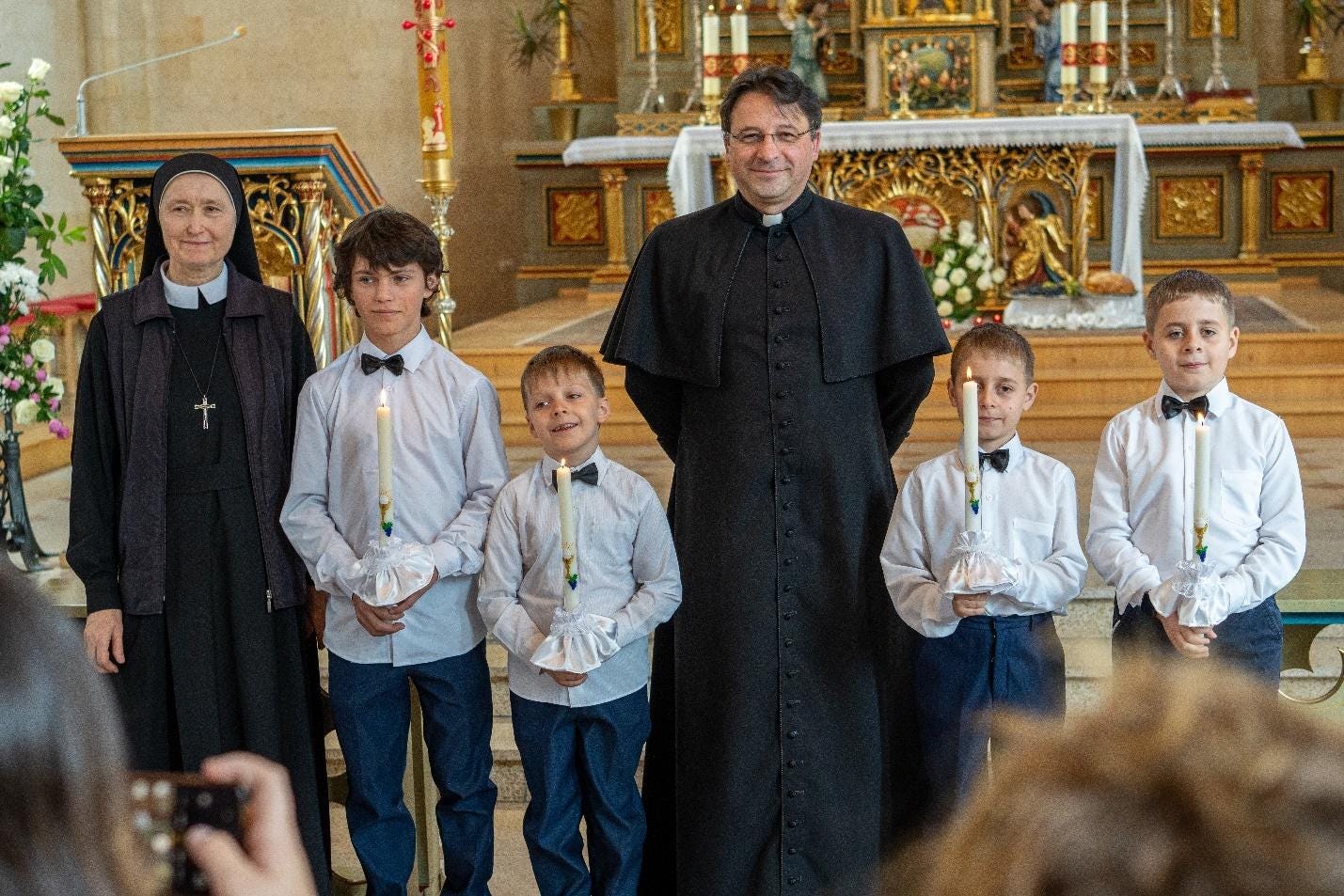‘Don’t forget us’ — The Catholic Church in Kazakhstan
Meet the Catholics of Karaganda
It’s a mid-September Sunday, and I am at Mass in Karaganda, Kazakhstan.
One of the five “stans” of Central Asia, along with Uzbekistan, Turkmenistan, Kyrgyzstan, and Tajikistan, Kazakhstan is the ninth largest country in the world, largely composed of sparsely populated steppe, bordering on Russia, China, three of the other “stans,” and the Caspian Sea.

